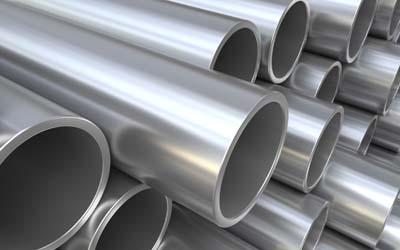
CIMCOOL Fluid Technology introduces a new and complete product line designed to meet the challenges of the tube and pipe industry. CIMMILL Fluids, reportedly formulated to increase productivity by up to 20 percent in tube and pipe operations, offer excellent lubricity, rust protection and sump life. Mills and processors will also experience excellent foam control, improved tool life and increased up-time during critical roll forming, cut off and threading operations. Increased productivity and trouble-free performance make CIMMILL Fluids uniquely qualified for tube and pipe operations.
"We have a history of success in tube and pipe operations, but our new CIMMILL Fluids are designed to significantly improve productivity. CIMMILL Fluids exceed key performance needs of tube and pipe mills while continuing our commitment to always provide operator-safe products," said Bruce Koehler, Cimcool Product Manager. "There are products in the CIMMILL line that cover a wide range of applications including the most severe. Whether in roll-forming, hydro-testing or critical threading operations, there is a specific product designed to run cleaner and more efficiently. CIMMILL Fluids were designed to be safe, increase up-time and provide clean working conditions."
Contact Details
Related Glossary Terms
- lubricity
lubricity
Measure of the relative efficiency with which a cutting fluid or lubricant reduces friction between surfaces.
- threading
threading
Process of both external (e.g., thread milling) and internal (e.g., tapping, thread milling) cutting, turning and rolling of threads into particular material. Standardized specifications are available to determine the desired results of the threading process. Numerous thread-series designations are written for specific applications. Threading often is performed on a lathe. Specifications such as thread height are critical in determining the strength of the threads. The material used is taken into consideration in determining the expected results of any particular application for that threaded piece. In external threading, a calculated depth is required as well as a particular angle to the cut. To perform internal threading, the exact diameter to bore the hole is critical before threading. The threads are distinguished from one another by the amount of tolerance and/or allowance that is specified. See turning.

